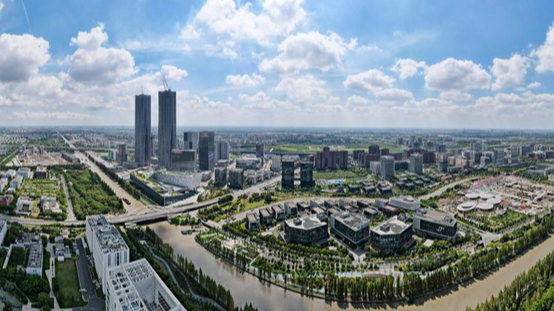The upcoming fourth plenary session of the 20th CPC Central Committee in Beijing is stirring excitement as China sets the stage for a new phase of high-level opening-up. On July 15, 2025, Chinese President and General Secretary Xi Jinping published an article in Qiushi magazine titled "Unswervingly Advance High-Level Opening-Up." This landmark piece revisits key insights from December 2012 to April 2025, promising fresh opportunities amid global changes. 🚀
In a world full of shifting trade dynamics and rising protectionism, Xi Jinping emphasizes that deeper institutional reforms are key to breaking through traditional limitations. Although China has celebrated many milestones through gradual tariff reductions and improved market access, today’s challenges call for a transformative approach to align domestic institutions with high-standard international practices.
The strategic vision revolves around three pivotal transitions:
- Transitioning from factor and goods-based opening to a robust institutional opening.
- Shifting from pre-establishment access management to post-establishment regulatory alignment in rules and standards.
- Evolving from a passive rule-taker into a proactive agenda-setter within multilateral frameworks.
Pilot free trade zones and the Hainan Free Trade Port are at the forefront of this initiative. The Hainan Free Trade Port, scheduled for a full customs closure on December 18, 2025, offers a groundbreaking environment with zero tariffs, low tax rates, and a simplified regulatory system, serving as a stress-test platform for these sweeping reforms. 🔥
This new chapter of high-level opening-up not only signals China’s commitment to embrace international norms but also inspires a wave of economic innovation and global cooperation. As the Chinese mainland navigates both external headwinds and domestic transformations, these reforms could unlock a host of institutional dividends and reshape the future of global trade.
Reference(s):
Exploring pathways to break through toward high-level opening-up
cgtn.com




